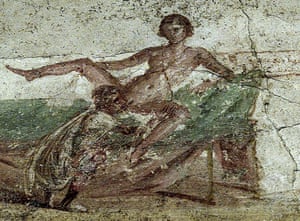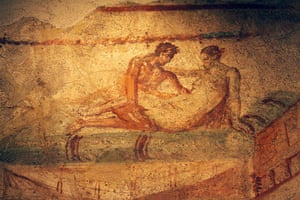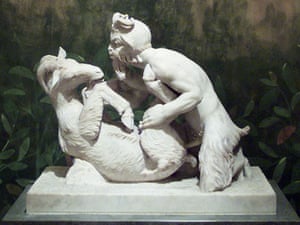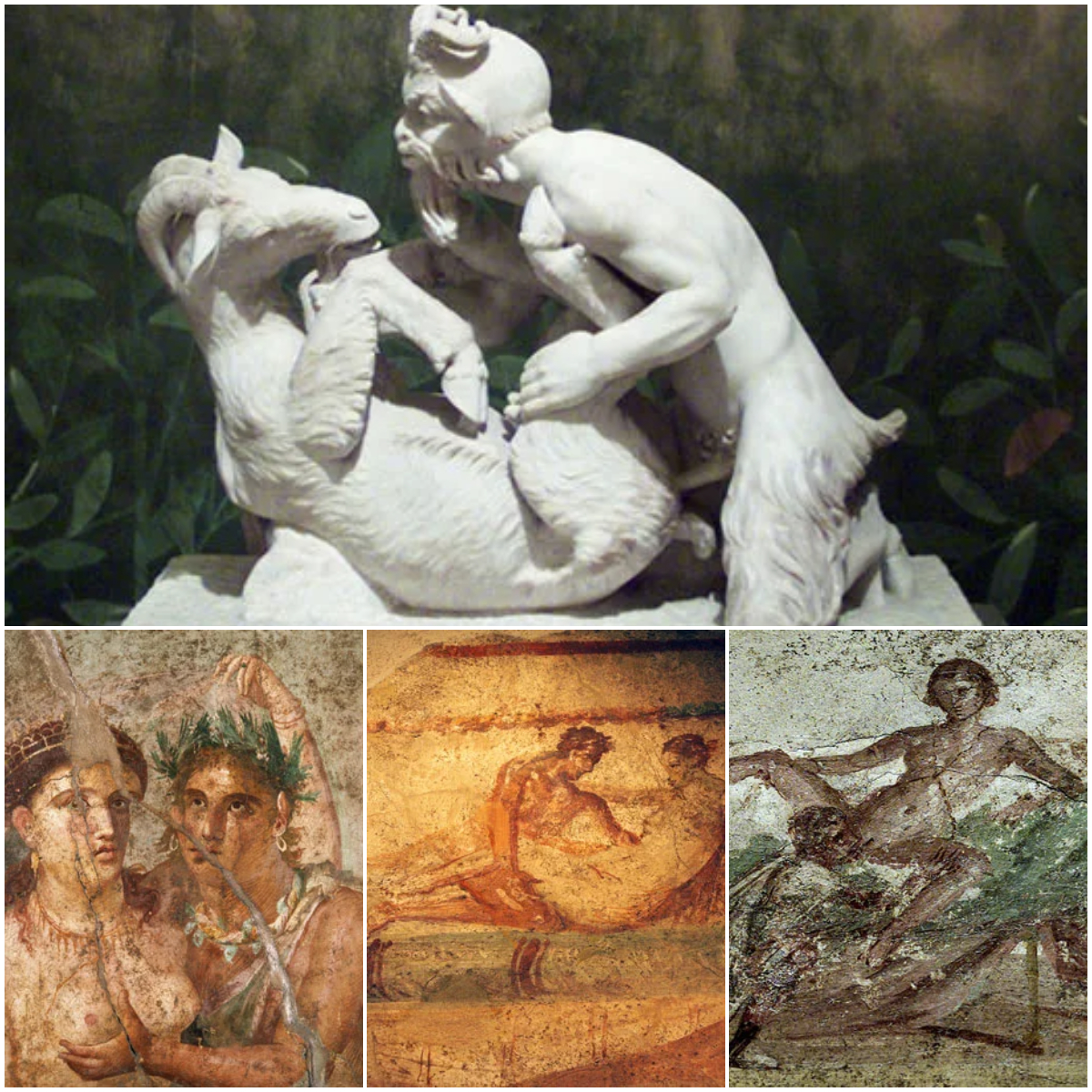The Secret Language of Passion: How Ancient Civilizations Expressed Desire Through Erotic Art
Introduction
From ancient Greek frescoes to the bold carvings of Hinduism, erotic art has been present throughout human history. More than just an expression of pleasure, erotic art reflects the ideology, beliefs, and social culture of each civilization.

In this article, we will explore how ancient civilizations expressed desire, love, and intimacy through art – a fascinating journey that spans thousands of years.
1. Ancient Egypt: Sex and Procreation in Art
The Egyptians viewed sex as an essential part of the life cycle and reproduction. Although not as widespread as other forms of art, some engravings and manuscripts such as the Turin Erotic Papyrus clearly depict sexual positions – showing the openness and naturalness of sexual thought at that time.

2. Ancient Greece and Rome: When sex was a symbol of beauty and power
In Greek and Roman civilizations, sex and art were almost one. Nude sculptures were aesthetically pleasing, not only for their eroticism, but also for their celebration of physical beauty, harmony, and power. Greek pottery, especially red-figure pottery, often depicted vivid sexual scenes, serving both educational and entertaining purposes.
3. Ancient India: When sensuality became sacred
In Indian culture, sex was not only a physical union but also a spiritual one. In famous temples such as Khajuraho and Konark, detailed sexual carvings were seen as a symbol of the union between man and the divine – where sex became the path to enlightenment.

4. Japan: Shunga – the meditative erotic art
In Edo period Japan (1603–1868), Shunga woodblock prints (literally translated as “spring pictures”) were extremely popular. These works were not considered obscene but were part of cultural life, sexual education, and were even collected by samurai as art objects.

5. Ancient China: The fusion of yin and yang and erotic art
In ancient Chinese culture, erotic art was closely linked to the philosophy of yin and yang. Books such as the Su Nu Jing (Su Nu Jing) contain many images and detailed descriptions of sex, reflecting the idea that harmonious sex would bring health, longevity, and prosperity.
From East to West, from ancient to modern times, erotic art is not only simply provocative, but also a form of profound expressive language, revealing the thoughts, beliefs and values of people through each period.
Looking at erotic art from a historical and cultural perspective helps us not only understand more about the past but also broaden our perspective on beauty and natural instincts in art.
